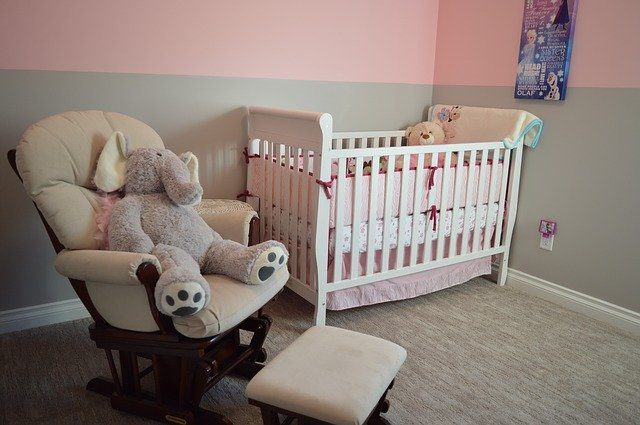Setting up a kid’s bedroom can be challenging. That’s because you want it to be fun, yet the space should also be a place that promotes sleep and function. Plus, children can be rather fickle, with interests that change rapidly. Despite all of this, the experience of creating a personal space for your kid, no matter what their age and interests, truly can be enjoyable and exciting. Consider these tips and trips for decorating your child’s bedroom to get started.
Choose a Theme
Your child’s room doesn’t necessarily need to have a theme. However, this can be a good starting point for inspiration. It can also be a way to help you manage your spending and keep the space livable. It’s easy to get overexcited and begin filling this new space with every cute decor piece and accessory you see. Staying within a theme, even a casually-defined one, can keep your design project manageable. Get your kid involved, if they’re old enough. Start with their favorite theme and try to allow room for growth. You don’t want them to get bored with it in a year or find it too babyish. For example, an outer space theme is one that appeals to a wide age range. You can add all kinds of pieces like a galaxy bedspread or space wall art that can age with your child.
Include Storage
Clever and movable storage pieces are essential to any kids’ rooms. They serve to store toys, clothing, accessories, and collections. You’ll need pieces for displaying favorite items, corralling small pieces, keeping clothing, and holding books. You can be both creative and practical in your choice of storage items. For example, a large bookshelf can be strategically placed and accessorized so that it appears to be built into the surrounding decor. Shallow bins on wheels are great for under-the-bed storage. Just slide them out when your child wants to play with the toys, then easily slide them back in to create the appearance of a neat and tidy room. Finding multipurpose uses for storage is also wise. Those bins could also be a great way to store off-season clothing so that it’s out of sight.
Add Some Rugs
Area rugs serve a number of purposes when it comes to decorating a kid’s room. They’re a terrific place to sprawl out with toys or a book. A rug can serve as a visual divider to section off various spaces throughout the room. They can be easily removed and cleaned in case of spills. Plus, they’re just fun. Rugs make a perfect design element when it comes to accenting the theme of your child’s room. If you’re worried about your child falling, you can buy special double-sided tape to keep a rug in place on slippery floors.
Implement Strategic Design
As noted above, a rug can section off a room in order to designate different spaces. This is a strategic design approach in kids’ rooms. Children, no matter their age, benefit from a quiet area with a designated workspace for art, projects, or schoolwork. Zoning off this space lets your child settle into creative or academic work because their brain will begin to learn that this area is meant for such tasks. The same can be said for sleep time. The child’s bed can be accessorized so that it is welcoming for calm and peaceful rest. Perhaps a canopy or curtains can be draped around the bed. Soft lighting from a lamp on a bedside table is ideal. Extra decorative pillows on top and a throw blanket signal cozy relaxation time. Finally, a zone can be set up for fun and play. Store the toys, video games, and stuffed animals in this section. Add bold accessories and bright colored accents.
Allow Room for Growth
It’s worth another mention to remind parents that it’s always best to allow room for growth in your child’s bedroom decor. Children grow quickly, both physically and developmentally. Their tastes change. A good way to accommodate room for these changes is to decorate the foundations of the room in neutral tones, adding themed accessories that can be changed as needed. Be sure to allow space for a larger bed and more storage.
These tips should help you get started on decorating your child’s bedroom with confidence. Involve your kid when possible, and have fun with it.

As the editor of the blog, She curate insightful content that sparks curiosity and fosters learning. With a passion for storytelling and a keen eye for detail, she strive to bring diverse perspectives and engaging narratives to readers, ensuring every piece informs, inspires, and enriches.










